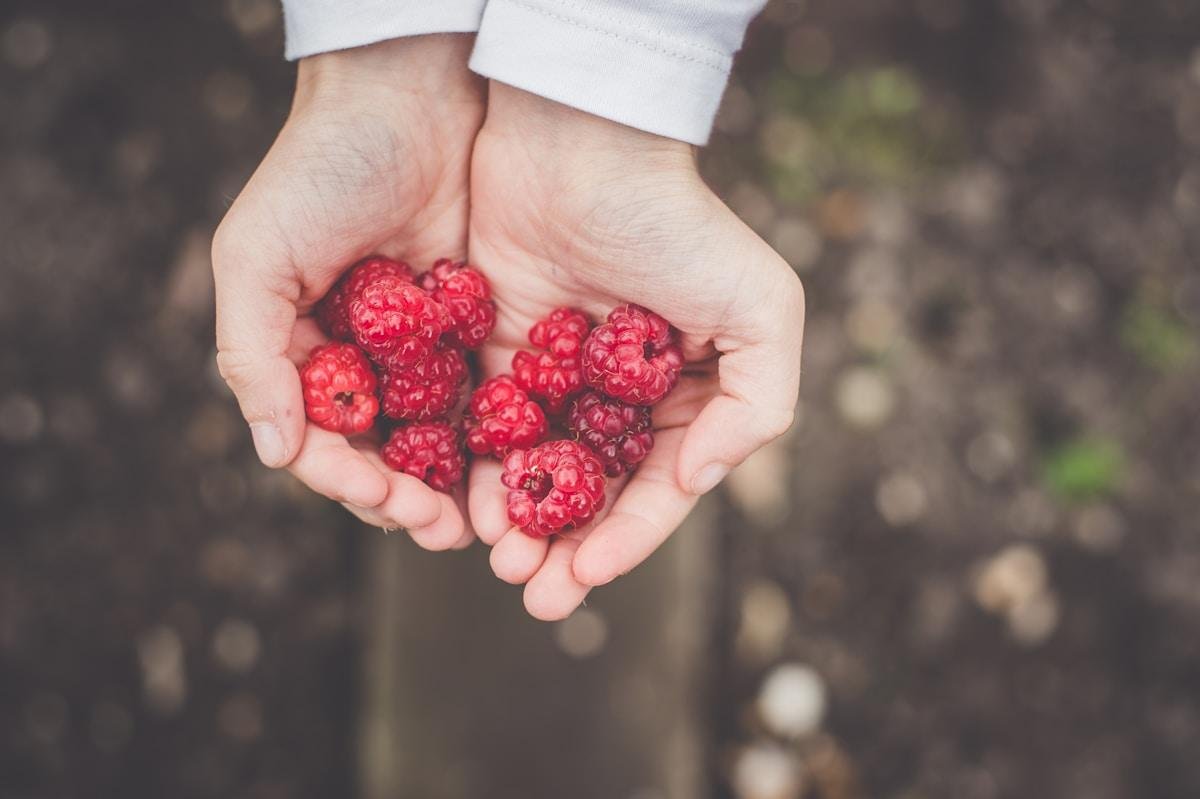Eat RED for Women!
By now you know that one of my favorite mantras is “Eat the Rainbow.” While it’s true that the healthiest diet is made up of the widest variety of whole foods, including all the colors of the rainbow, today I’m focusing on just one. RED.
Februrary 7th is National Wear Red Day, part of the American Heart Association’s “Go Red for Women” campaign.
Cardiovascular disease, which includes heart disease and stroke, is the number 1 killer of women. And, when it comes to heart health, women have unique needs that aren't always recognized.
Enter “Go Red for Women," an important initiative dedicated to awareness, advocacy, and fundraising to improve heart health outcomes for all women.
So, in honor of National Wear Red Day, I’d like to challenge all women and men – to EAT RED.
Here’s why….
Red fruits and vegetables have some phenomenal heart health benefits, plus they reduce the risk of certain cancers, and support brain health.
How?
Phytochemicals.
Those are the naturally-occurring compounds found in plants that – along with vitamins, minerals, and fiber – make fruits and vegetables such nutrition powerhouses.
The color of a fruit or vegetable tells you which phytochemicals it contains. Red fruits and veggies are particularly high in the carotenoid lycopene, as well as a group of powerful antioxidants called anthocyanins.
Obvious red picks are tomatoes, raspberries, strawberries, red peppers, red apples, cherries, beets, and radishes. But don’t forget red onion, pomegranate, red cabbage, watermelon, pink grapefruit, and red kidney beans. Enough to eat red all month long!
Read on, get your shopping list ready, and head to the produce aisle!
Tomatoes
Heart Benefit = Lycopene: an antioxidant that can help reduce cholesterol and improve blood vessel function, both important aspects of heart health. Lycopene also helps protect the heart and blood vessels from damage. Fun fact: lycopene is fat-soluble, meaning you’ll absorb more of it if you eat it with healthy fats like olive oil, avocado, nuts, nut butters, etc. You’ll also get more lycopene from cooked tomatoes than raw. But however you slice it – or eat it – it’s great for your heart.
Other sources: Watermelon, red peppers
Red Bell Peppers
Heart Benefit = Vitamin C: may help lower blood pressure and reduce the risk of plaque build-up in the arteries.
Other sources: strawberries, raspberries, cherries, watermelon, and more
Strawberries and Cherries
Heart Benefit = Anthocyanins: a flavonoid that helps improve circulation, lower blood pressure, and reduce inflammation. Anthocyanins may also lower LDL cholesterol and raise desirable HDL cholesterol.
Other sources: red radishes, red onions, red cabbage, pomegranates, raspberries
Red Grapes
Heart Benefit = Resveratrol: linked to improved blood vessel function and reduced plaque build-up in the arteries.
Other sources: raspberries and dark chocolate (it’s not red, but Valentine’s Day is coming up, so go for it!)
Beets
Heart Benefit = Nitrates*: help relax blood vessels, improve blood flow, and lower blood pressure. (* naturally occurring – not to be confused with nitrates and nitrites that are added to processed meats as a preservative.)
Other sources: strawberries
Red Apples
Heart Benefit = Quercetin: anti-inflammatory properties that help protect against heart disease.
Other sources: grapes, tomatoes, watermelon
I hope this glimpse into the amazing benefits of red foods makes you feel a little more powerful about your ability to take your health in your hands when you take your grocery cart in your hands.
As you prepare to EAT RED tomorrow and beyond, please share this blog with all the women in your life and encourage them to do the same.


